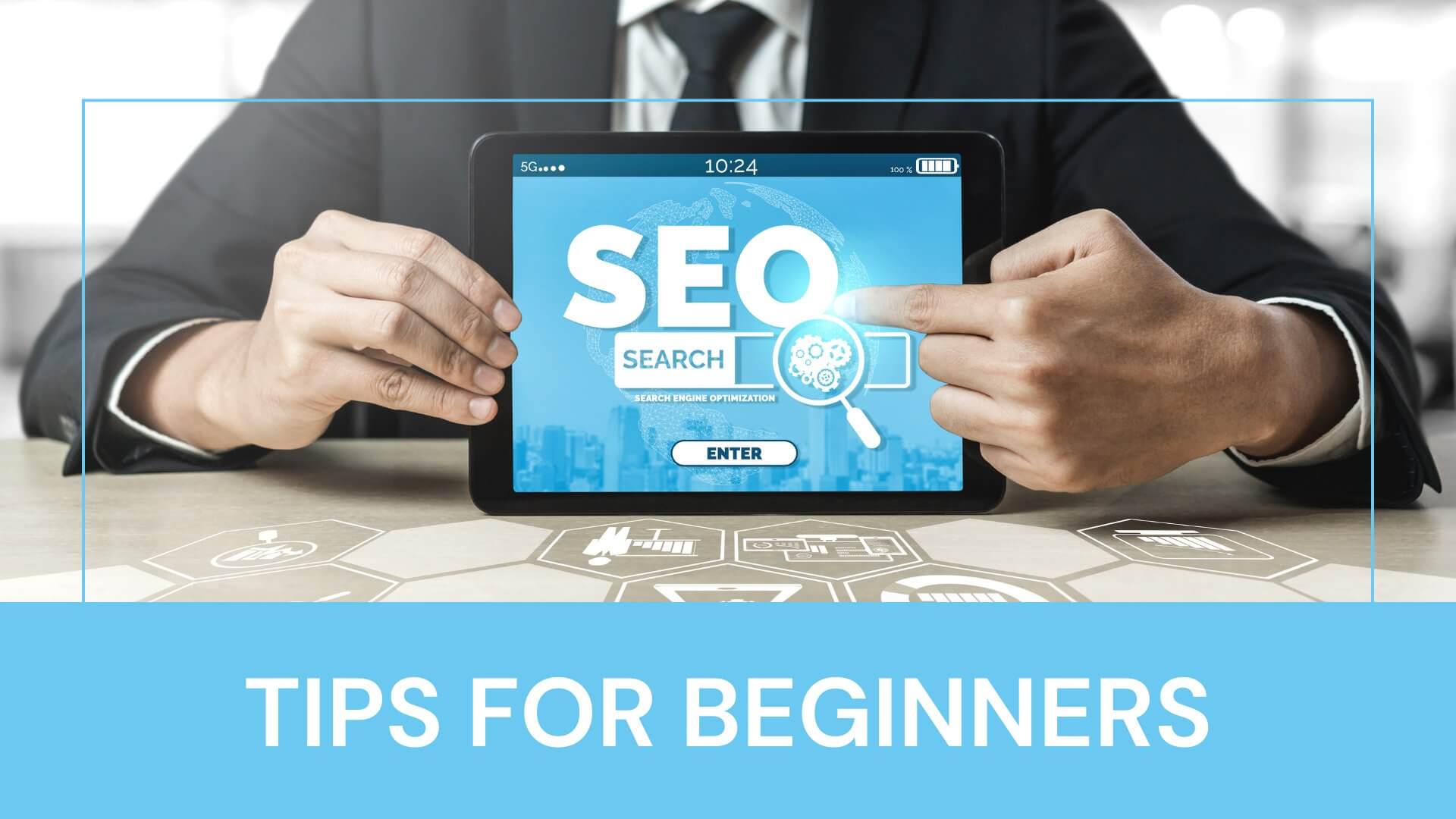- 5 Easy SEO Tips for Beginners
5 Easy SEO Tips for Beginners
Search Engine Optimization (SEO) is one of the most effective ways to increase organic traffic to your website. However, if you’re new to the game, SEO can seem overwhelming with its technical jargon and complex algorithms. The good news is that you don’t need to be an expert to start seeing results. In this guide, we’ll walk you through five easy SEO tips for beginners that can have a significant impact on your website’s performance. Whether you’re a small business owner, a blogger, or just looking to boost your online presence, these strategies will help you improve your search engine rankings and drive more traffic to your site.
Why Is SEO Important?
Before diving into the tips, it’s important to understand why SEO is crucial. SEO helps search engines like Google understand your content and match it with relevant search queries. When your website is properly optimized, search engines rank it higher, making it more visible to potential visitors. Higher visibility means more clicks, which can translate into more sales, leads, or engagement.
Now, let’s get started with the basics!
5 Basic SEO Tips
1 – Optimize Your Title Tags and Meta Descriptions
Your title tags and meta descriptions are critical components of on-page SEO. These elements help both search engines and users understand the content of your pages. The title tag appears as the clickable headline in search engine results, while the meta description provides a brief summary of the page’s content.
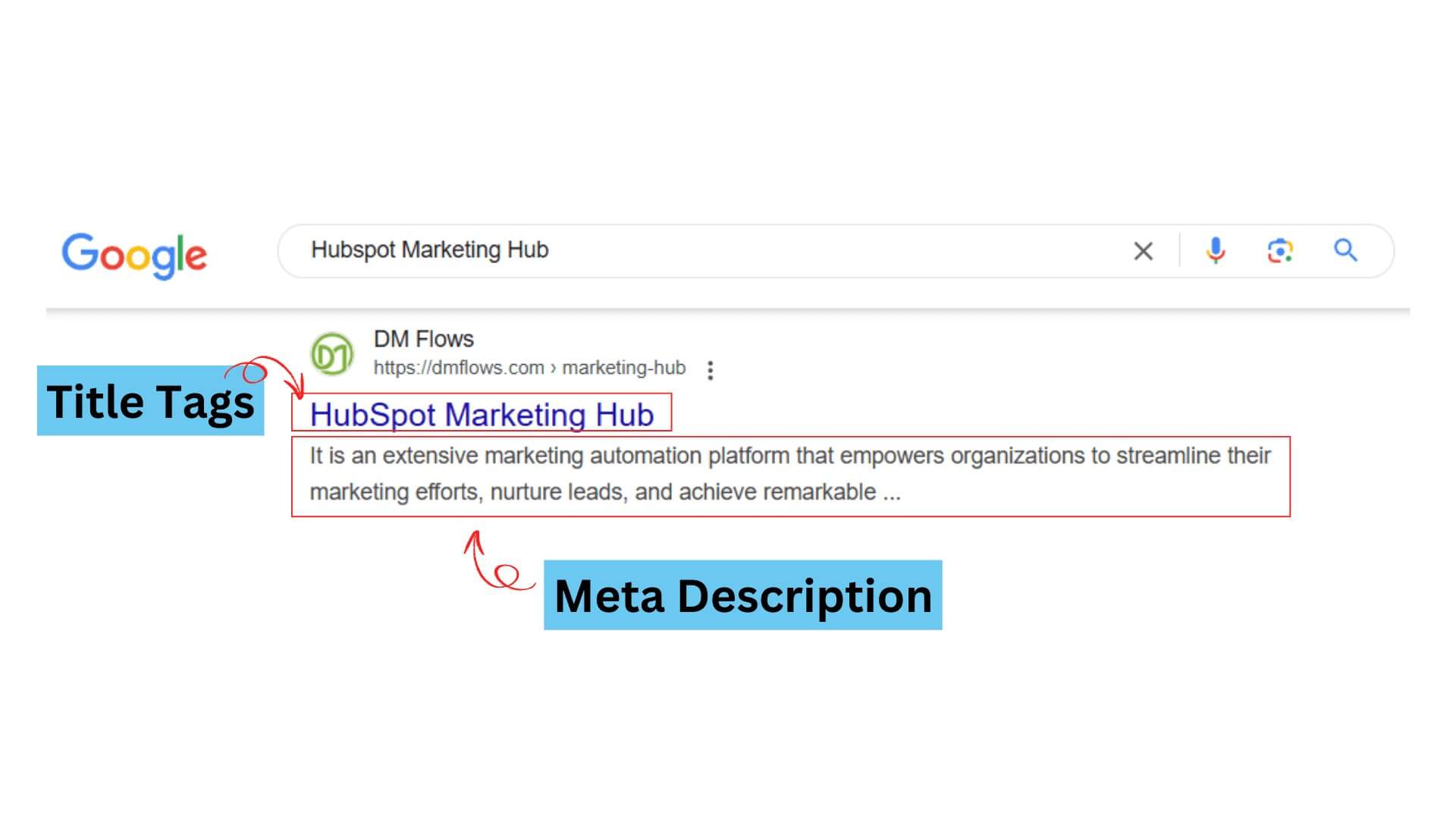
Best Practices:
- Keep Title Tags Between 50-60 Characters: This ensures that your title is fully displayed in search results without being cut off.
- Include Target Keywords: Make sure your primary keyword appears naturally in your title tag. It helps search engines understand what your page is about.
- Write a Compelling Meta Description: Though meta descriptions don’t directly impact rankings, they influence click-through rates (CTR). A well-crafted description can entice users to click on your link.
Example:
For a blog post about “Best Coffee Shops in New York,” your title tag might look like:
“Top 10 Coffee Shops in New York City for 2024 | Best Cafes”
Your meta description could read:
“Looking for the best coffee in NYC? Discover the top 10 coffee shops in New York City, perfect for espresso lovers and casual cafe-goers alike.”
This is keyword-rich, yet informative, ensuring users know what to expect.
2 – Use Header Tags to Structure Your Content
Header tags (H1, H2, H3, etc.) not only make your content more readable for users, but they also help search engines understand the hierarchy of your content. These tags break up your text and signal what’s most important on the page.
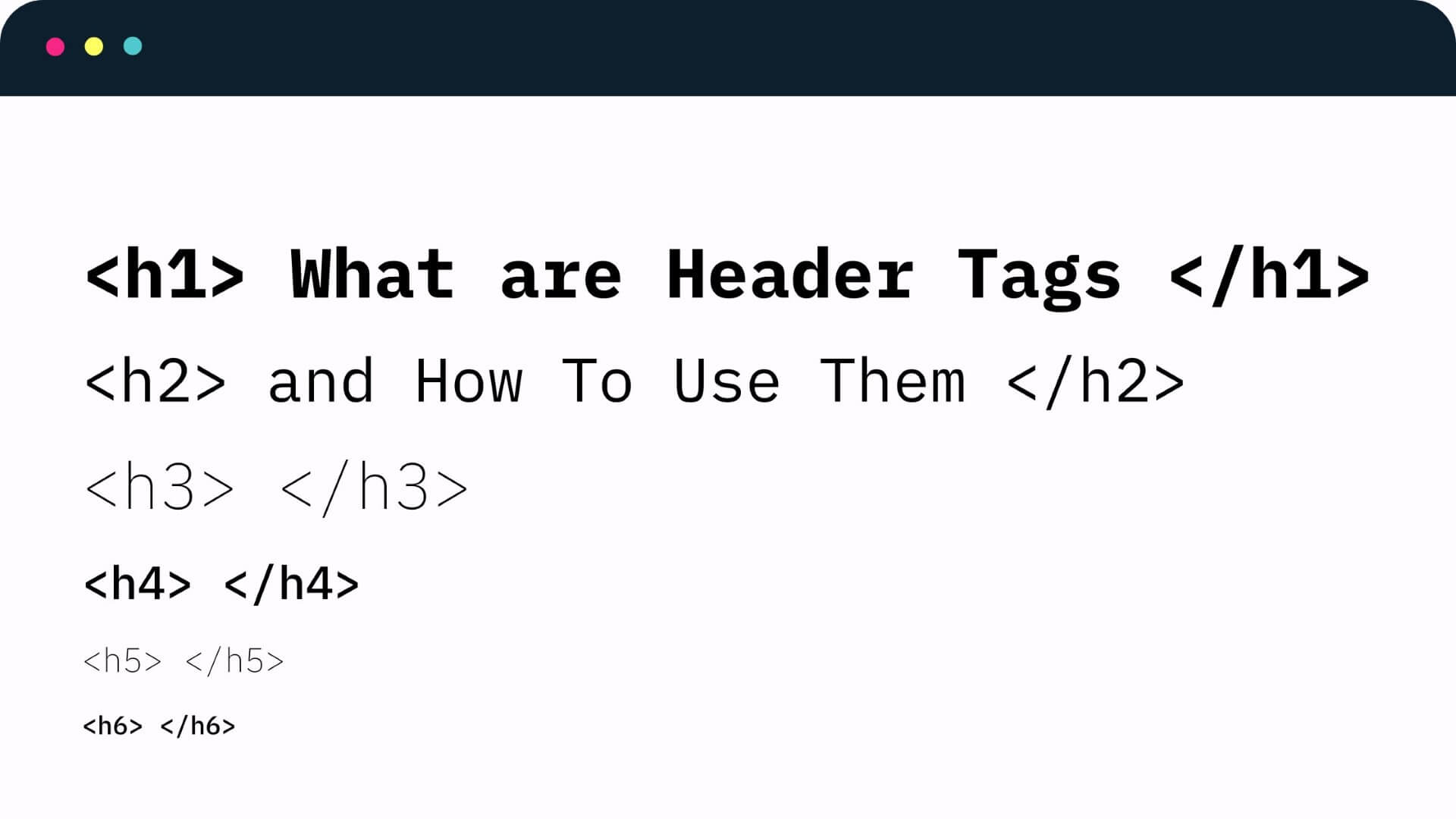
Best Practices:
- Use H1 for the Main Title: Your H1 tag should include your primary keyword and succinctly describe the content of the page.
- Utilize H2s and H3s for Subheadings: These tags break up your content into digestible sections and can include secondary or related keywords.
- Don’t Overuse Keywords: Use your keywords naturally in your headers, but avoid stuffing them, which could be penalized by search engines.
Example:
For this blog post, the H1 is:
“5 Easy SEO Tips for Beginners”
Subheadings like H2s could be:
“Optimize Your Title Tags and Meta Descriptions”
“Use Header Tags to Structure Your Content”
This not only organizes your post but also improves SEO by telling search engines the main topics discussed on the page.
3 – Focus on High-Quality Content
Creating high-quality, relevant content is the backbone of SEO. Google’s algorithms prioritize content that provides value to users. Therefore, writing clear, informative, and engaging content is key to boosting your rankings.
Best Practices:
- Target User Intent: What are people looking for when they type in certain search terms? Your content should directly address those needs.
- Include Keywords Naturally: Don’t force keywords into your content. Instead, they should appear naturally and make sense within the context.
- Write In-Depth Articles: Google favors content that fully covers a topic. Aim for posts that are at least 800-1,000 words long.
- Update Old Content: Search engines love fresh content. Regularly updating old posts with new information and statistics can give them a boost.
Example:
If your blog post is about “How to Start a Blog,” cover all aspects of the topic. Write about choosing a niche, selecting a platform, writing your first post, and promoting your blog. Providing comprehensive answers increases the likelihood of your post ranking well.
4 – Optimize Your Images
Images can enhance your content, but they also provide an opportunity to improve SEO. Every image on your site should have an “alt text” attribute, which describes the image for search engines and for users who may be visually impaired. Additionally, optimizing image size ensures that your pages load faster, improving the user experience and your rankings.
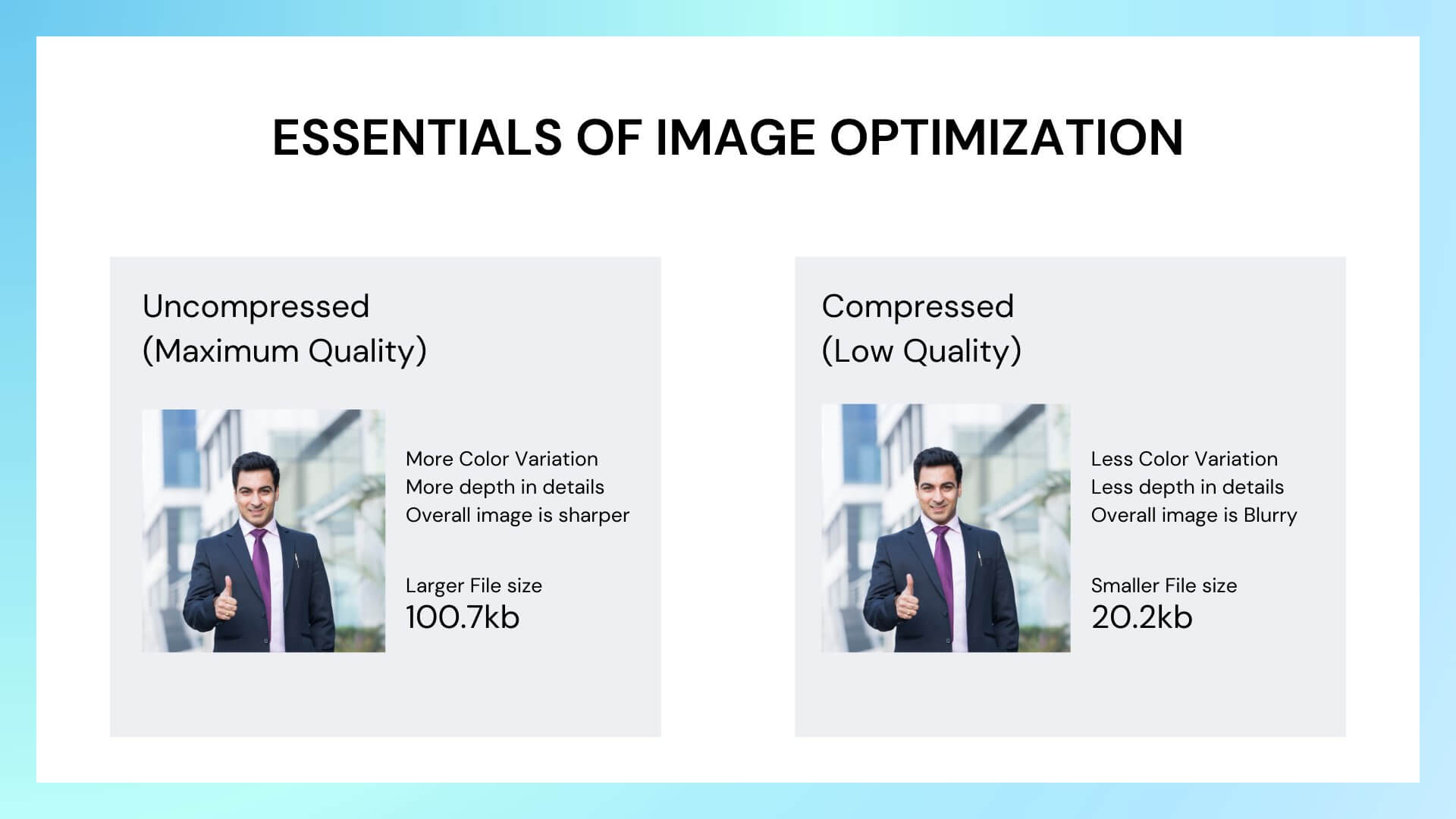
Best Practices:
- Use Descriptive File Names: Instead of uploading an image called “IMG_1234.jpg,” rename it to something more descriptive like “new-york-coffee-shop.jpg.”
- Include Alt Text: Alt text should describe the image and include a relevant keyword when possible.
- Compress Your Images: Large image files slow down your website. Use tools like TinyPNG or JPEG-Optimizer to compress your images without sacrificing quality.
Example:
If you upload a picture of a coffee shop for a blog about New York cafes, your alt text might be:
“Interior of a cozy New York coffee shop with wooden tables.”
This helps both search engines and users understand the content of your images.
5 – Improve Your Website’s Loading Speed
Website speed is a crucial ranking factor. Slow-loading websites frustrate users and increase bounce rates, which can hurt your rankings. According to Google, 53% of mobile users abandon sites that take longer than three seconds to load.
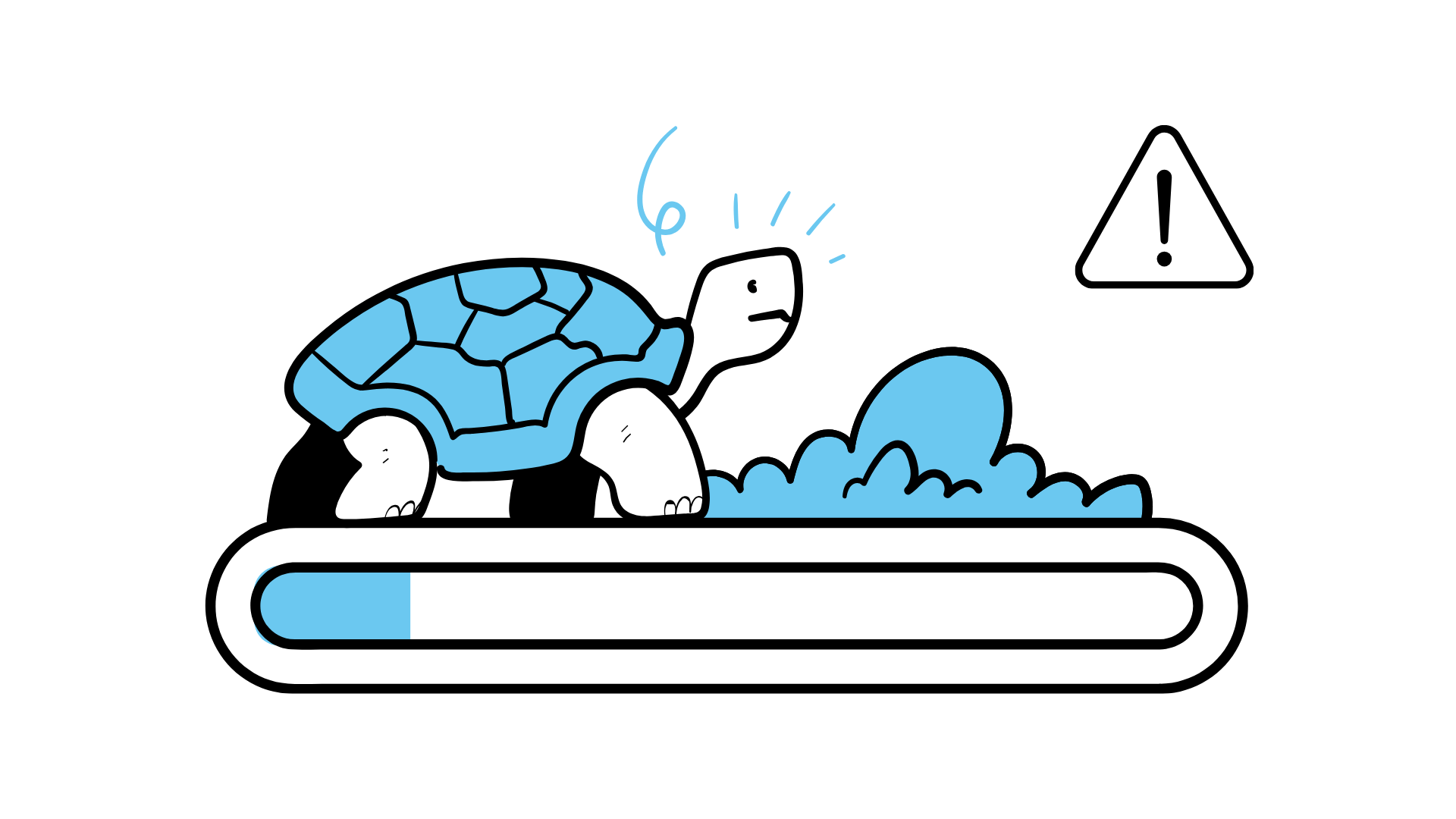
Best Practices:
- Use a Fast Hosting Provider: Invest in a quality hosting provider with good server performance.
- Optimize Images: As mentioned earlier, large image files can slow down your site. Compress and resize them as needed.
- Leverage Browser Caching: Caching stores some of your site’s data in users’ browsers, which reduces load times for returning visitors.
- Minify CSS, JavaScript, and HTML: Reducing the size of your code can improve site speed. Tools like Google PageSpeed Insights or GTmetrix can help you identify areas for improvement.
Example:
You can use Google’s free tool, [PageSpeed Insights], to test your website’s performance and get specific recommendations on how to improve it.
Bonus Tip: Mobile Optimization Is Key
With more than half of all web traffic coming from mobile devices, it’s essential that your website is mobile-friendly. Google now uses mobile-first indexing, meaning it predominantly uses the mobile version of your site to determine rankings.
Also Check: SEO and Growth Guide for Local Businesses.
Best Practices:
- Use a Responsive Design: Ensure your website adapts to different screen sizes, whether it’s being viewed on a desktop, tablet, or mobile phone.
- Test Mobile Usability: Tools like Google’s [Mobile-Friendly Test] can help you determine how easily a visitor can use your page on a mobile device.
- Simplify Navigation: Mobile users prefer simple, intuitive navigation. Avoid clutter and make your buttons easy to tap.
Conclusion
SEO doesn’t have to be complicated, and even beginners can make significant improvements by focusing on a few key strategies. By optimizing your title tags and meta descriptions, using header tags, creating high-quality content, optimizing images, and improving website speed, you’ll be well on your way to higher search engine rankings.
Remember, SEO is a long-term game. Results won’t happen overnight, but with consistent effort, you’ll see increased traffic, better rankings, and improved user engagement. Keep learning and adjusting your strategy as search algorithms evolve, and your website will grow stronger in the long run.

